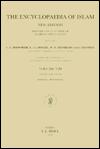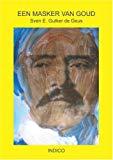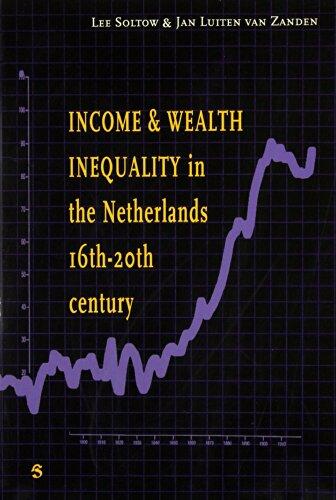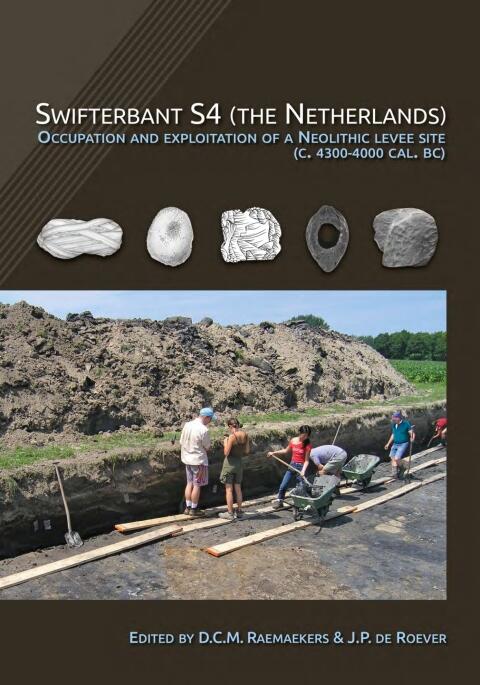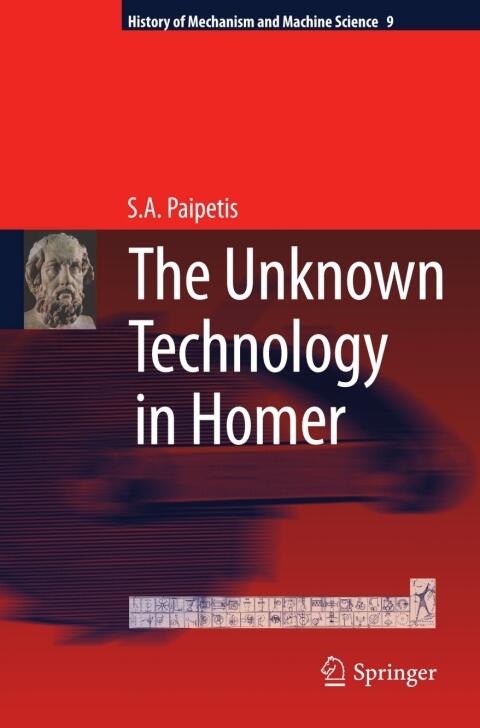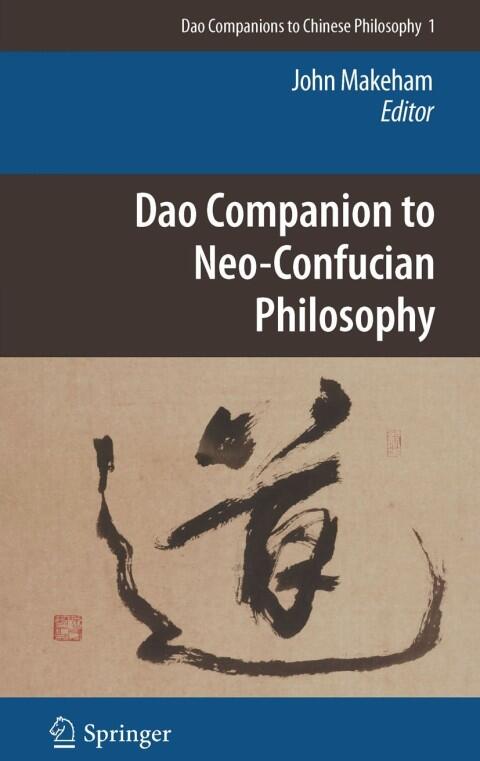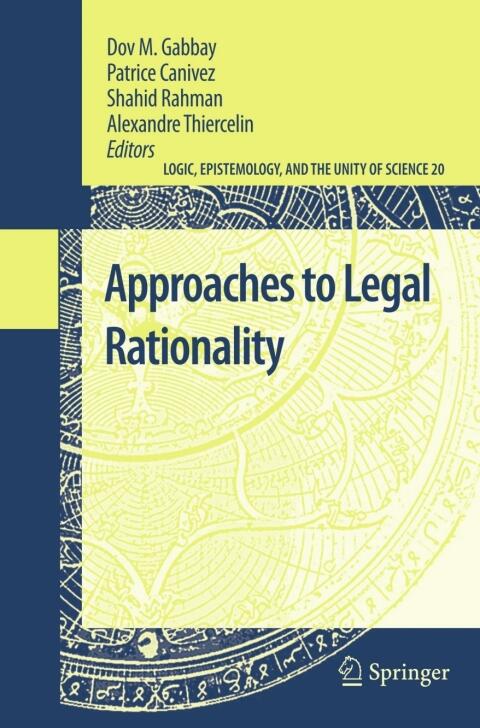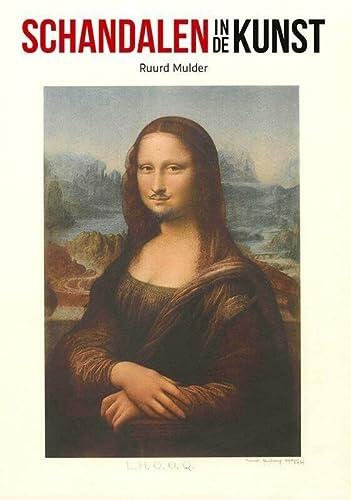
Schandalen in de kunst: Van Caravaggio tot Maurizio Cattelan
によって
Ruurd G. Mulder
まだ評価がありません
History
Art & Photography
形式
ペーパーバック
ページ数
160
言語
英語
公開されました
Sep 7, 2021
出版社
Waanders Uitgevers
版
01
ISBN-10
9462623414
ISBN-13
9789462623415
説明
Ruurd G. Mulder embarks on an intriguing exploration of the tumultuous relationship between scandal and artistic fame throughout history. The narrative begins with the provocative works of Caravaggio, whose audacious style and controversial life set the stage for a long tradition of artists who have navigated the treacherous waters of public opinion and scandalous reputations. Each chapter weaves a tapestry of stories that highlight how notoriety can often serve as a catalyst for innovation and recognition.
As Mulder delves into the lives of masters like Veronese, he reveals the intricate dance between societal expectations and the boldness required to challenge them. The author's keen observations illustrate that, while artistry often celebrates beauty, it can also provoke discomfort and confrontation, leading to both rejection and acclaim. This paradox prompts readers to reconsider their perceptions of what it means to be an artist in a world rife with judgment.
The journey continues through the centuries, spotlighting figures like Maurizio Cattelan, whose work continually sparks dialogue and dissent. Through these case studies, Mulder uncovers the idea that scandal is not merely the byproduct of an artist's indiscretions but is often an essential component of their legacy. The relationship between notoriety and creativity prompts deep philosophical musings about the motivations behind artistic expression.
In weaving together historical accounts, art criticism, and biographical sketches, Mulder crafts a compelling narrative that challenges the notion of artistic success. By showcasing how scandal can propel an artist to new heights, he invites readers to reflect on the nature of fame and the fine line between admiration and outrage. Ultimately, the text serves as a potent reminder that the path to artistic recognition is often as complicated and layered as the artworks themselves.
As Mulder delves into the lives of masters like Veronese, he reveals the intricate dance between societal expectations and the boldness required to challenge them. The author's keen observations illustrate that, while artistry often celebrates beauty, it can also provoke discomfort and confrontation, leading to both rejection and acclaim. This paradox prompts readers to reconsider their perceptions of what it means to be an artist in a world rife with judgment.
The journey continues through the centuries, spotlighting figures like Maurizio Cattelan, whose work continually sparks dialogue and dissent. Through these case studies, Mulder uncovers the idea that scandal is not merely the byproduct of an artist's indiscretions but is often an essential component of their legacy. The relationship between notoriety and creativity prompts deep philosophical musings about the motivations behind artistic expression.
In weaving together historical accounts, art criticism, and biographical sketches, Mulder crafts a compelling narrative that challenges the notion of artistic success. By showcasing how scandal can propel an artist to new heights, he invites readers to reflect on the nature of fame and the fine line between admiration and outrage. Ultimately, the text serves as a potent reminder that the path to artistic recognition is often as complicated and layered as the artworks themselves.



